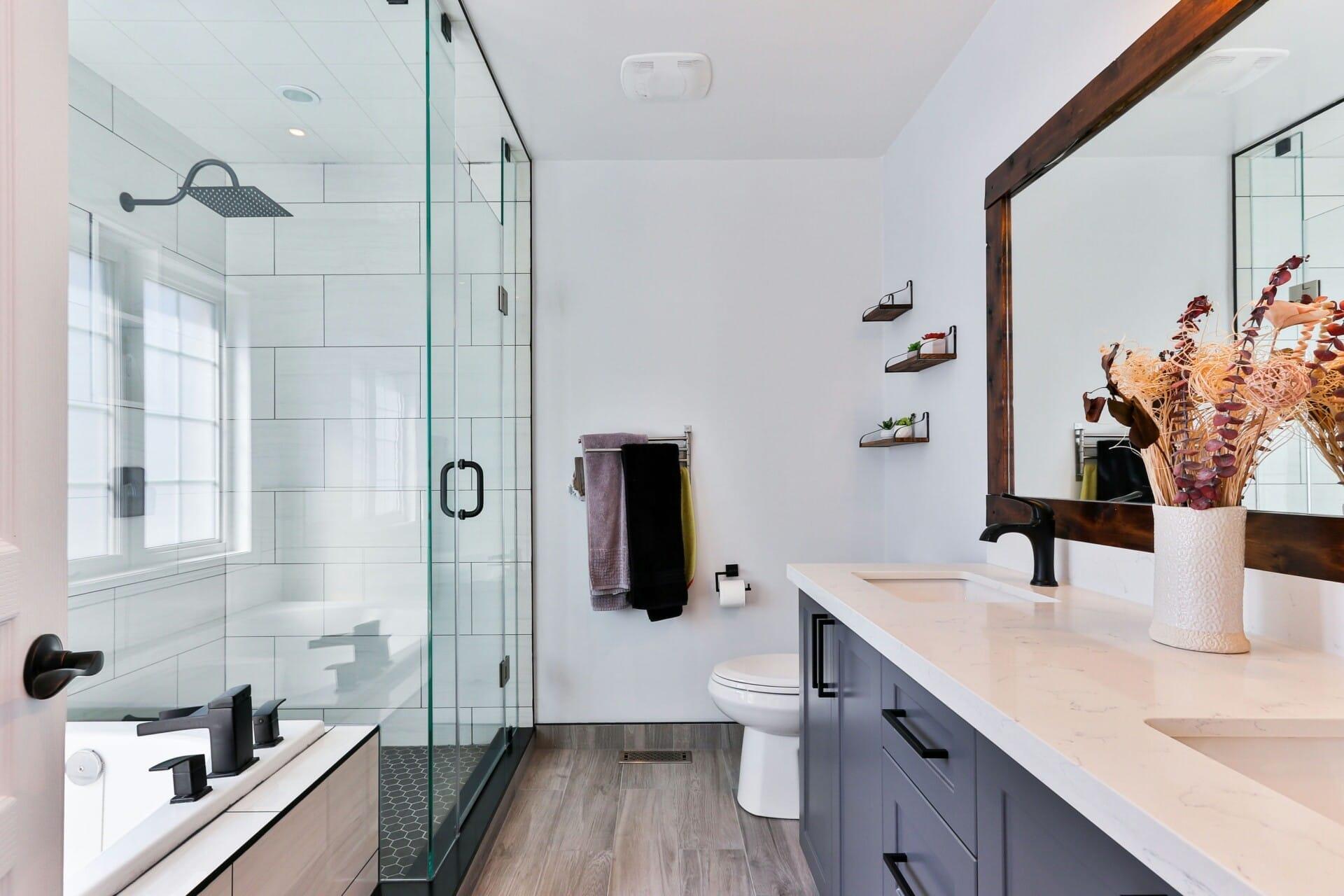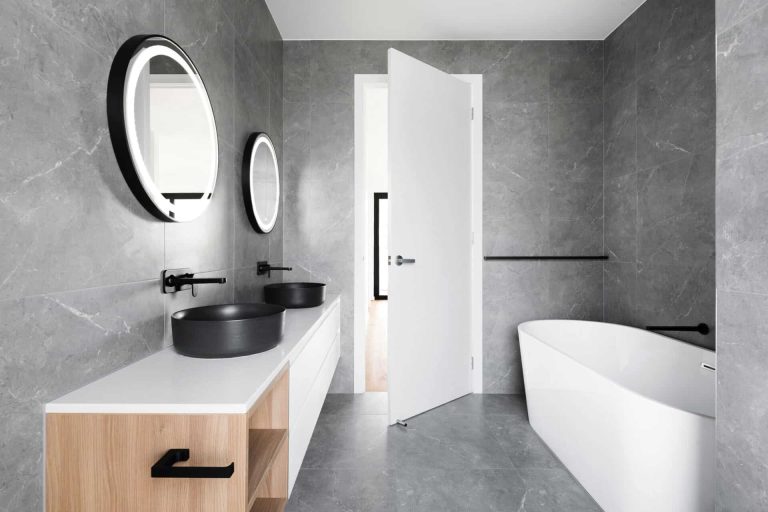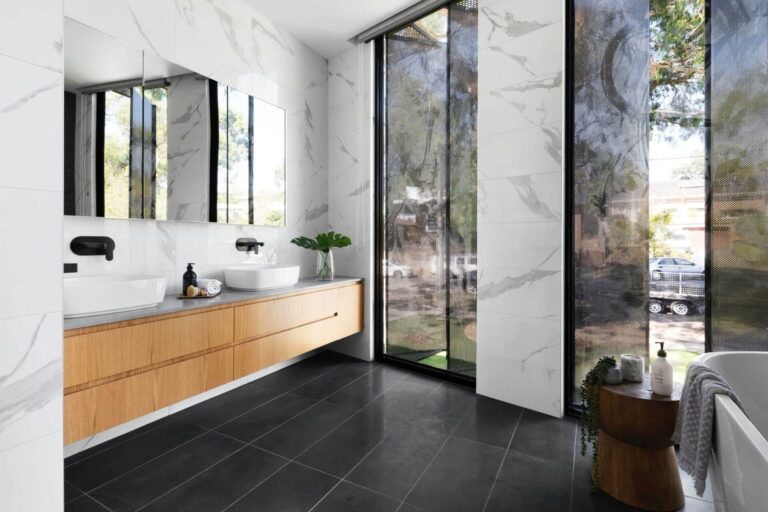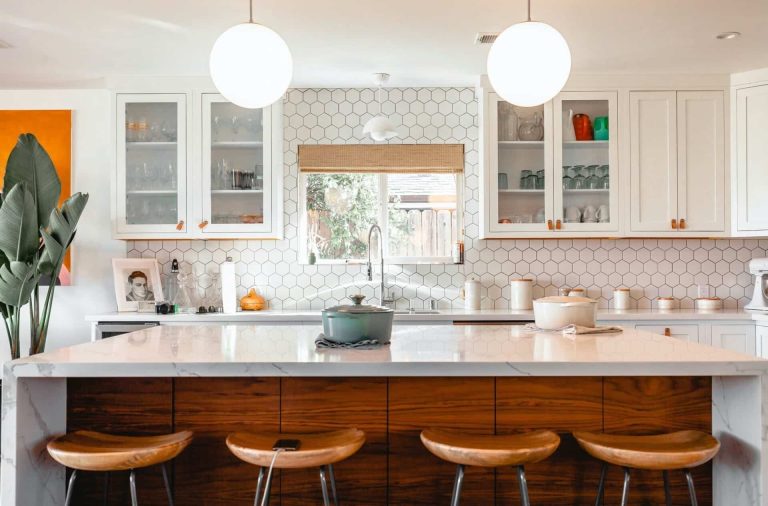How to Navigate the Crazy World of Residential Construction in Malaysia
Alright, folks! Whether you’re dreaming of building your first home, thinking about renovating that aging bungalow, or just curious about what goes on behind the scenes of residential construction in Malaysia, you’ve landed in the right place. Let’s face it: the world of construction can feel like a wild jungle—full of twists, turns, and the occasional surprise. With a booming property market, diverse regulations, and a mix of local and foreign influences, it’s easy to feel overwhelmed. But don’t worry! We’re here to break it down, step by step. From finding the right contractors to understanding legal requirements, we’ll help you steer through the maze of bricks and mortar. So grab a cup of teh tarik, kick back, and let’s dive into the ins and outs of navigating the ever-exciting, sometimes chaotic realm of residential construction in our beloved Malaysia!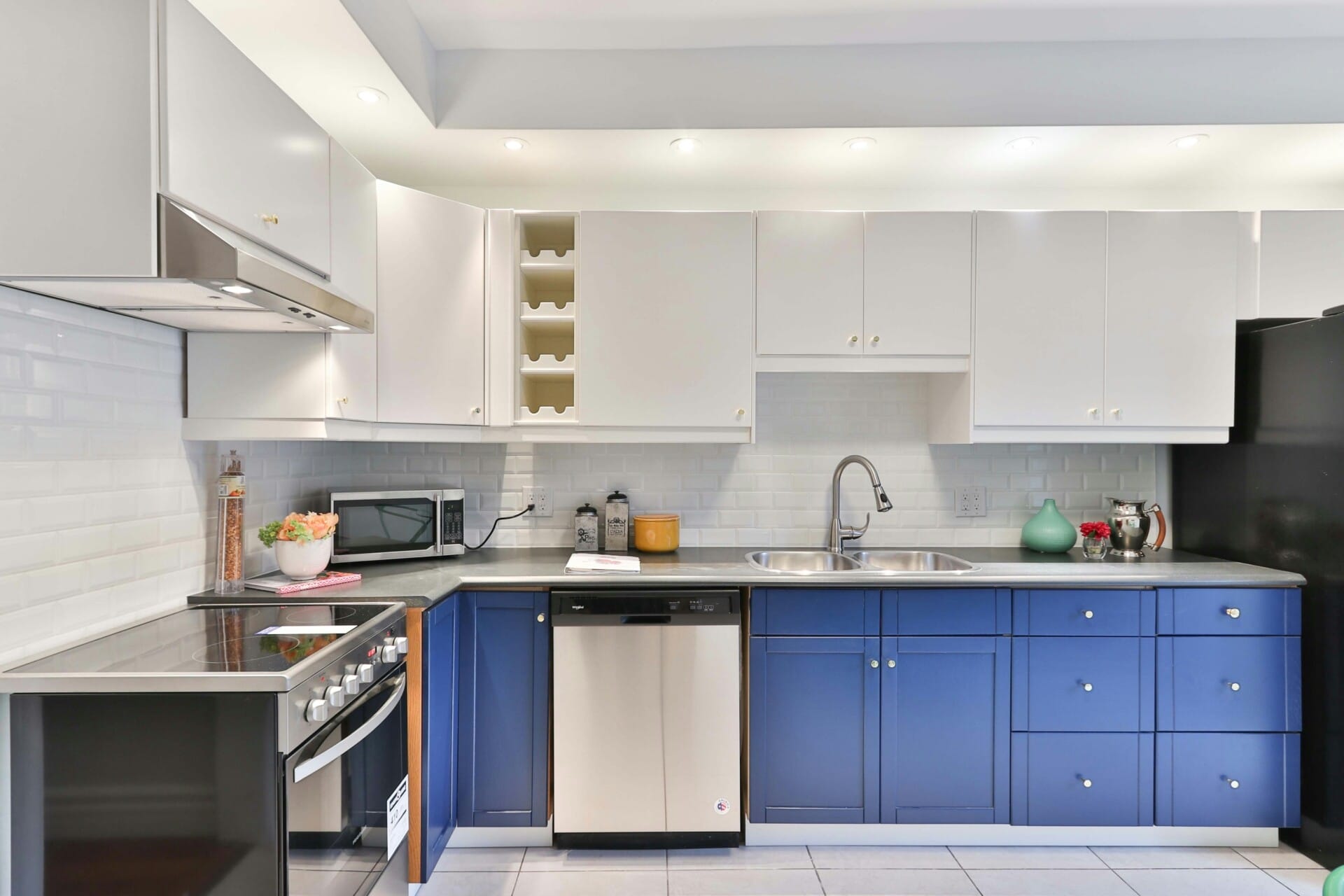
Understanding the Landscape of Residential Construction in Malaysia
Malaysia’s residential construction scene is a vibrant mix of modern innovations and traditional practices, crafting homes that echo the country’s rich cultural heritage. The industry’s growth has been propelled by a surge in urbanization, where more folks are flocking to cities for work and lifestyle opportunities. You’ll find everything from high-rise condominiums with sleek aesthetics to cozy bungalows nestled in serene suburbs. Acknowledging these diverse offerings is essential to truly appreciate what Malaysia has in store for potential homeowners.
When navigating the residential construction landscape, it’s super important to be aware of the various stakeholders involved. Here are a few key players you’ll likely encounter:
- Developers: Companies that design, build, and sell properties.
- Contractors: Teams responsible for the construction work on-site.
- Architects: Creative minds who turn concepts into blueprints.
- Real Estate Agents: Guides in the buying and selling process.
Understanding the local regulations is equally crucial for anyone looking to delve into construction. Regulations can differ significantly across different states and municipalities, impacting everything from planning permissions to construction codes. Here’s a simple breakdown of regulations you might encounter:
| Document Type | Purpose | Typical Authority |
|---|---|---|
| Building Permit | Legal permission to commence construction. | Local Council |
| Occupancy Certificate | Confirms building is safe for habitation. | Local Council / Fire Department |
| Environmental Impact Assessment | Ensures construction doesn’t harm the environment. | Department of Environment |
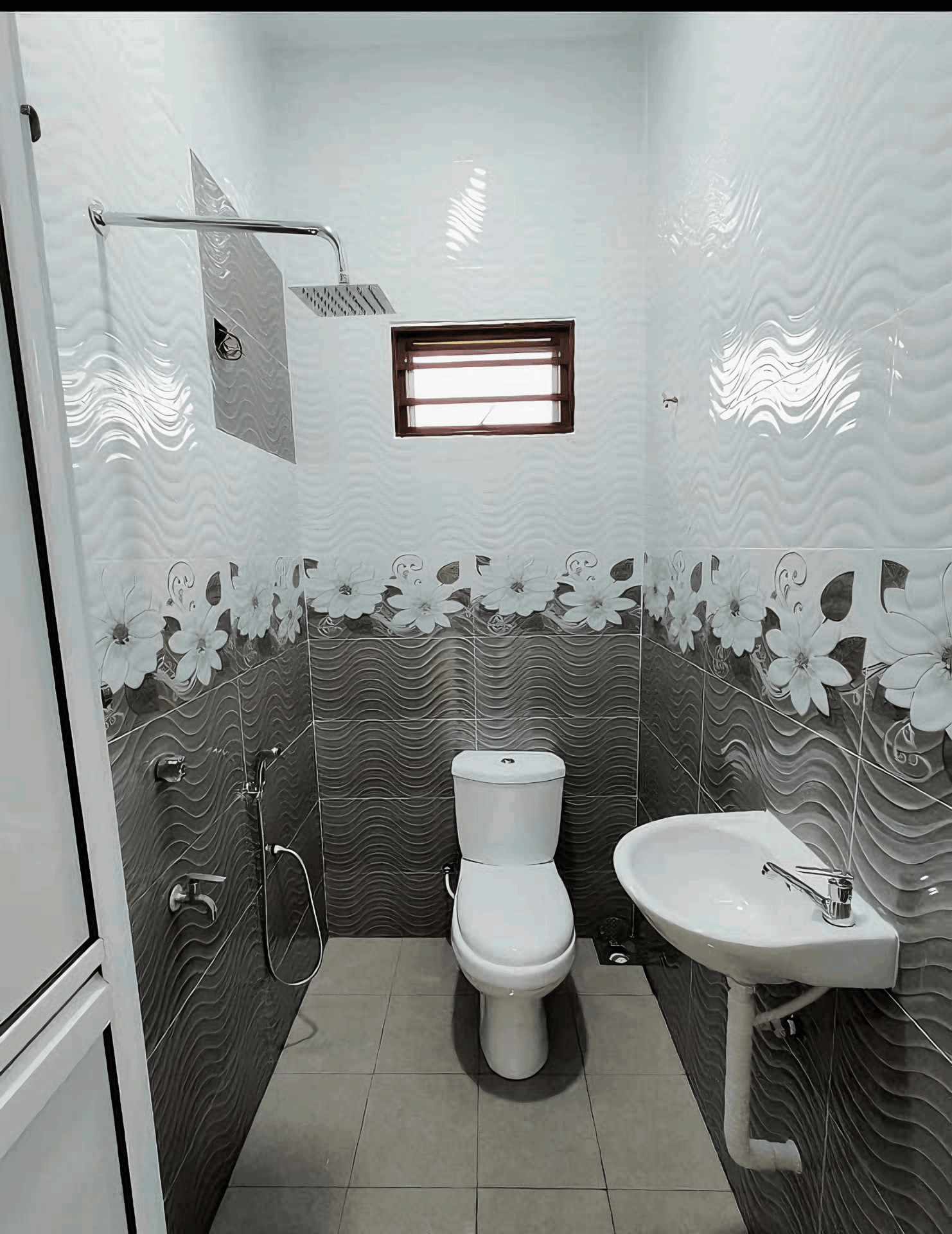
Key Players in the Malaysian Construction Industry
The Malaysian construction industry is a vibrant ecosystem, driven by a diverse range of key players contributing to the overall landscape of residential construction. Among these giants are renowned contractors who have consistently delivered large-scale projects and set standards for quality and innovation. Some of these include Gamuda Berhad, Sunway Construction, and UEM Sunrise. These companies not only focus on residential development but also engage in commercial and infrastructural projects, showcasing their ability to adapt to the modern demands of urban living.
On the other hand, the industry thrives with contributions from local builders and developers, who play a crucial role in implementing community-centric projects. Small to medium-sized enterprises (SMEs) like Bina Puri Holdings and WCT Holdings often cater to unique residential needs and preferences, crafting homes that resonate with the local culture and lifestyle. These players ensure that there’s a broad variety of housing options available, making it feasible for everyone, from first-time homeowners to seasoned investors, to find their perfect abode.
In addition to builders, key stakeholders also encompass architects, engineers, and suppliers, all working hand-in-hand to bring designs to life. The importance of collaboration cannot be overstated; these professionals establish the blueprints that guide construction while ensuring compliance with safety regulations. Not to forget, government bodies play a vital role too, providing necessary approvals and supporting policies that enhance sustainability in the construction sector. This collaborative effort creates a robust and dynamic construction environment, making residential development in Malaysia an exciting space to navigate.
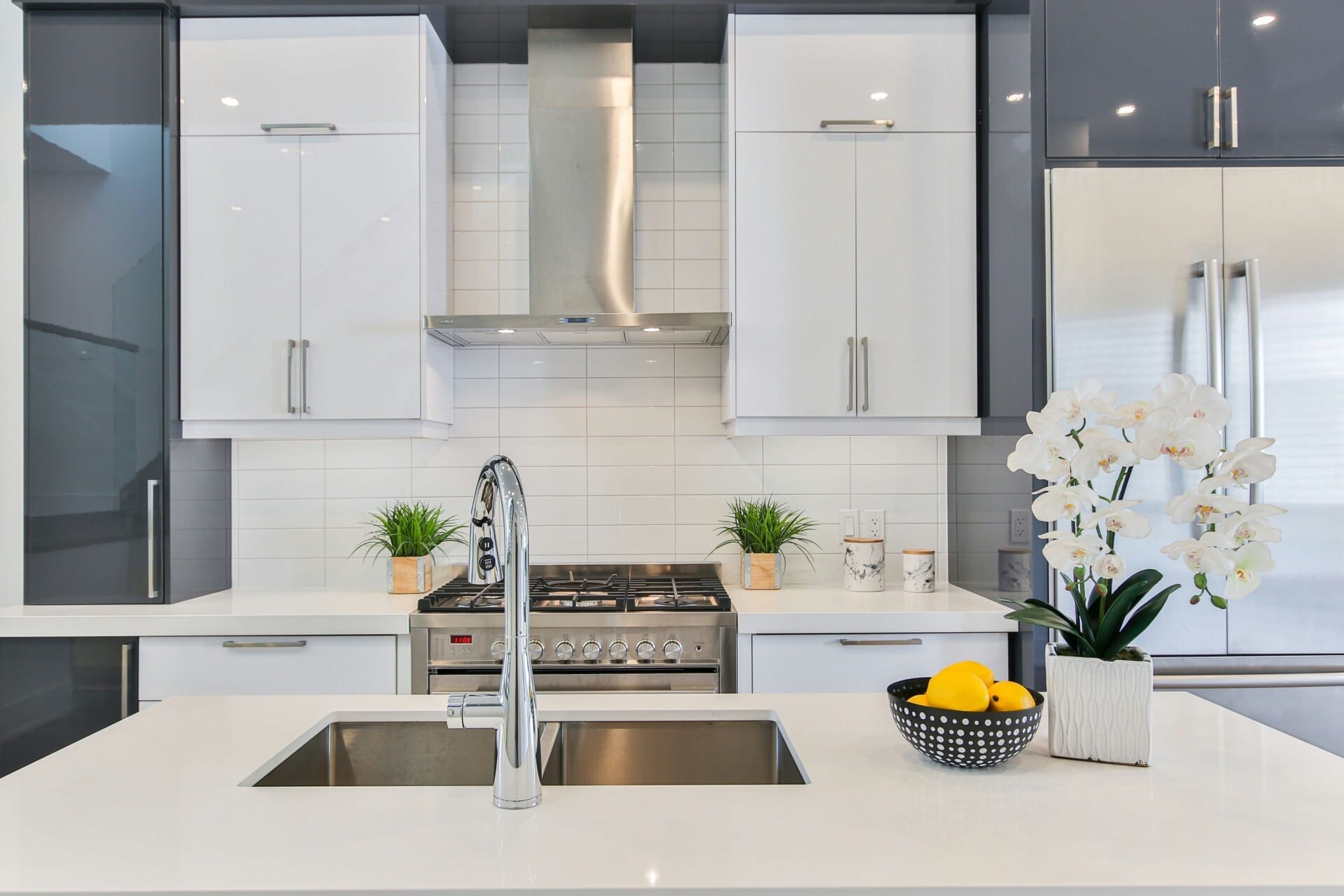
Navigating Regulatory Frameworks and Building Codes
In the realm of residential construction in Malaysia, understanding the regulatory frameworks and building codes is essential for a seamless project. It’s not just about hammering nails and pouring concrete; it’s about navigating a maze of regulations that ensure safety, environmental sustainability, and community harmony. The first step in this journey is to familiarize yourself with the various local authorities responsible for regulating construction in your area, whether it’s the local council, the Department of Occupational Safety and Health (DOSH), or the Town and Country Planning Department.
It’s also vital to keep up with the specific building codes that govern your project. These codes dictate everything from the materials you can use to the methods of construction allowed. In Malaysia, some popular codes include:
- Uniform Building By-Laws (UBBL) – the cornerstone of safety and design standards.
- MS 2393 – standards for structural design in buildings.
- Green Building Index (GBI) – encourages environmentally sustainable practices.
For a clearer understanding, a quick reference table summarizing important regulations might help:
| Regulation | Key Focus |
|---|---|
| UBBL | Safety and design requirements |
| MS 2393 | Structural integrity |
| GBI | Environmental sustainability |
With this knowledge in your toolkit, you’ll be better equipped to tackle any surprises that may arise during construction. Don’t hesitate to engage with professionals who are well-versed in these matters—they can provide invaluable insights that save you time and money while ensuring compliance with all necessary regulations. Remember, it’s not just about building a house; it’s about creating a safe, compliant, and functional space where your family can thrive.
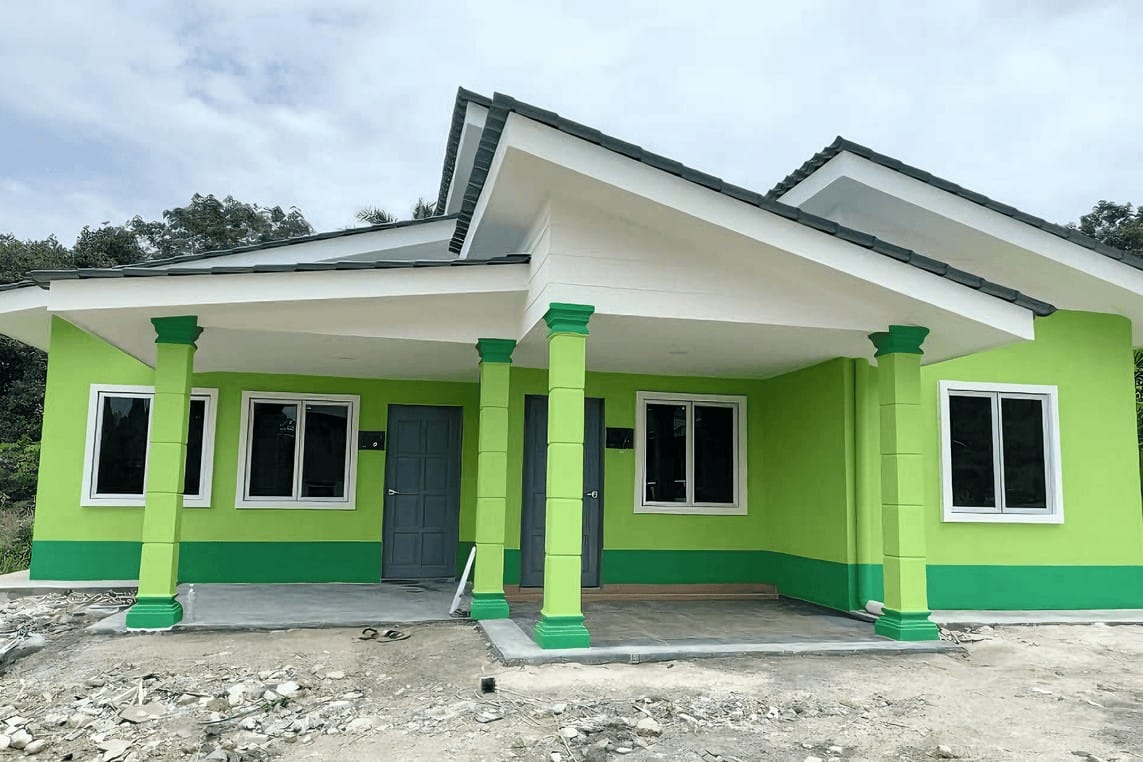
Effective Budgeting Strategies for Homeowners
When diving into the whirlwind of residential construction, getting your budget right is crucial. First things first, you should create a detailed budget plan that outlines all potential costs. This means factoring in not just the big expenses like materials and labor, but also additional costs that can sneak up on you, such as permits, inspections, and even landscaping after the build. A good practice is to include a contingency fund of at least 10-20% of your total budget for unforeseen expenses.
Another effective strategy is to prioritize your spending by categorizing your expenses. You could break it down into essential and optional categories. Essentials are things you can’t live without, such as structure, safety, and basic utilities. Optional expenses can include fancy upgrades like premium finishes or high-end appliances. Keeping your budget in check means knowing where to splurge a little and where to cut back. Here’s how a simple table might look for your spending:
| Category | Essential Costs | Optional Costs |
|---|---|---|
| Foundation & Structure | ✓ | |
| Roofing | ✓ | |
| Interior Finishes | ✓ | |
| Landscaping | ✓ |
Lastly, don’t underestimate the value of tracking your expenses as you move through your build. Use budgeting tools or even simple spreadsheet software to keep an eye on your spending versus your budget. This will help you stay within your limits and make necessary adjustments on the fly. As the construction world can often lead to impulse buying or overspending, having a clear view of your financial landscape will keep your project on track and stress levels down.
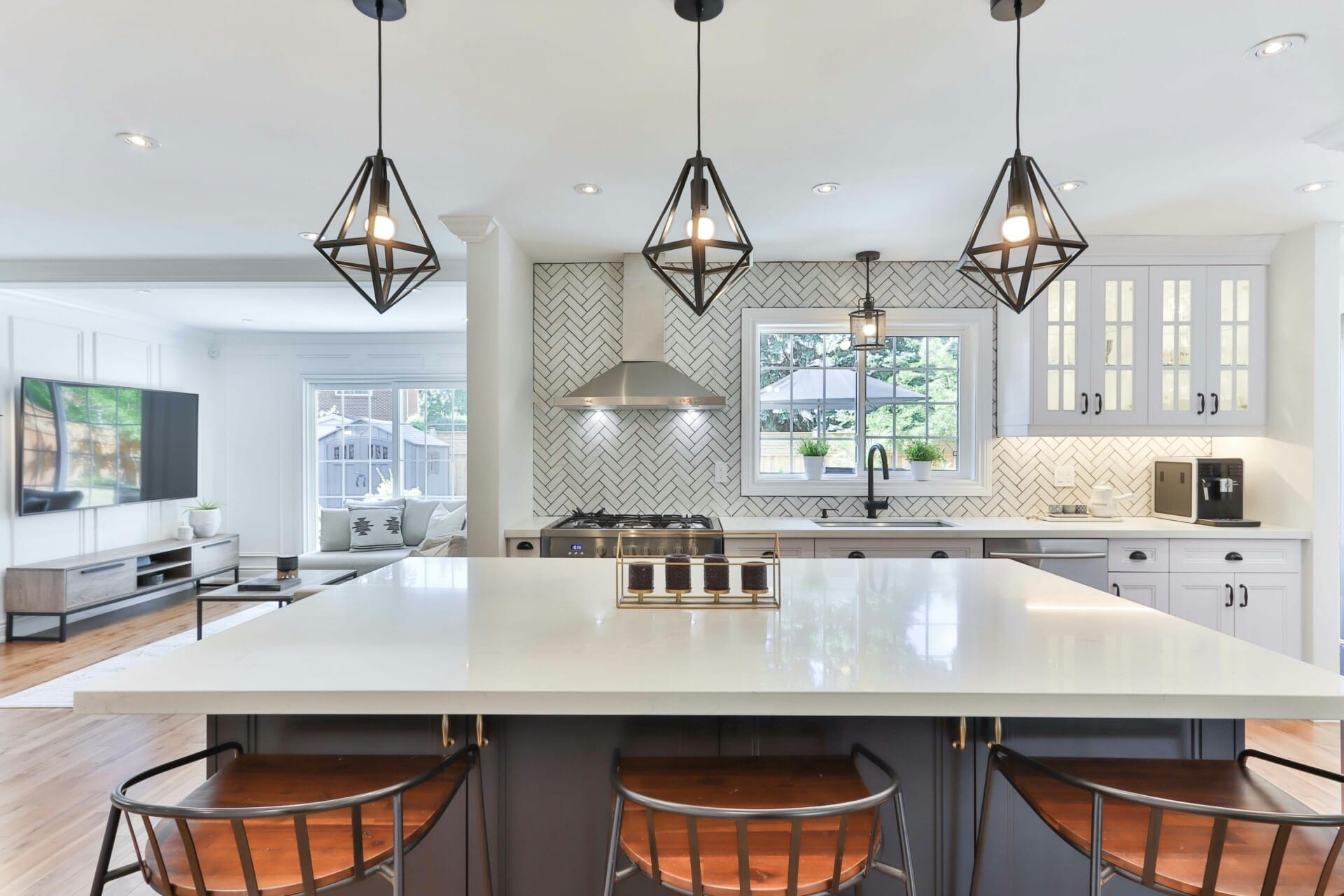
Sourcing Quality Materials: Tips for Home Builders
html
Sourcing materials for home construction can feel like a maze, especially in Malaysia's dynamic market. To ensure you're selecting the best quality, start by doing your homework. Research is your best friend! Look up local suppliers, read reviews, and compare prices. Engaging with fellow builders in forums or social media groups can provide insights into trustworthy vendors.
Once you have a list of potential suppliers, don’t hesitate to reach out and ask questions. Inquire about the sourcing processes of their materials. Are they locally sourced or imported? What kind of quality control do they have in place? These conversations help you gauge their reliability.
Material Type
Quality Indicators
Local Suppliers
Cement
Consistency in texture, brand reputation
Cement Industries (Malaysia) Berhad
Tiles
Durability, slip-resistance ratings
Hap Seng Tiles
Lumber
Moisture content, absence of knots
Yee Lee Corporation
don't skip the samples! Request sample materials before making a bulk purchase. This way, you can physically evaluate the quality and suitability for your project. Remember, investing time in sourcing quality materials now can save you from costly repairs and headaches down the line. Happy building!

Choosing the Right Contractors and Subcontractors
When diving into residential construction in Malaysia, the process of selecting the right contractors and subcontractors can feel like navigating a maze. It’s not just about finding the most affordable option; you need to ensure that they have the right expertise and track record. Start by seeking recommendations from friends or family who have recently completed similar projects. Online reviews and social media platforms can also provide insights into potential candidates. Don’t forget to check their credentials, such as licenses and insurance, as these protect you from potential liabilities during the project.
Once you’ve narrowed down your options, it’s essential to conduct interviews. Don’t shy away from asking the tough questions! Some key points to cover include:
- Experience with the specific type of renovation or construction you’re undertaking.
- Availability of reliable subcontractors for specialized tasks.
- Your preferred communication style and frequency for updates.
Handling the conversation transparently will build trust and clarify expectations, allowing both parties to gauge whether they’re a good fit for each other.
Lastly, consider establishing a clear contract that outlines every detail of the project. A well-structured contract should include timelines, payment schedules, and specific deliverables. It might also be wise to include clauses on penalties for delays and the handling of unforeseen circumstances. Here’s what you should focus on in your contract:
| Contract Clause | Description |
|---|---|
| Scope of Work | Detailed outline of tasks and responsibilities. |
| Payment Terms | Clearly defined milestones and payment methods. |
| Timeline | Start and completion dates with clear phases. |
| Change Orders | Process for handling changes in the project. |
This will not only protect your interests but also foster a more professional relationship between you and the contractors. Having everything in writing reduces misunderstandings and makes your construction journey smoother.

Managing Project Timelines and Expectations
In the vibrant world of residential construction in Malaysia, timelines and expectations can often feel like a wild ride. To get everyone on the same page, it’s crucial to establish a clear timeline right from the get-go. Communicate deadlines openly with your team and clients, and don’t forget to factor in the pesky little things like weather delays or material shortages that can crop up. Using visual tools, like a Gantt chart, can help everyone visualize the project phases and keep the momentum going.
Another essential trick is to set realistic expectations. When discussing project milestones with clients, it’s best to under-promise and over-deliver. Discuss key phases and what each entails, so clients understand that construction isn’t always as simple as it seems. Frequent updates should be part of your routine—whether it’s bi-weekly meetings or progress reports, keeping the lines of communication open ensures that clients feel informed and valued.
Lastly, consider leveraging technology to manage timelines effectively. There are loads of project management tools out there that can streamline communication and task management. For instance, using software that allows for real-time updates can provide insights into delays or achievements, helping to adjust expectations dynamically. Here’s a quick table comparing some popular project management tools:
| Tool Name | Features | Best For |
|---|---|---|
| Trello | Visual boards, task assignment | Small teams |
| Asana | Task tracking, deadlines | Medium to large projects |
| Teamwork | Time tracking, client invoicing | Agencies |

Embracing Sustainable Practices in Residential Development
“`html
As the residential construction scene in Malaysia evolves, embracing sustainable practices has become a cornerstone of modern development. By integrating eco-friendly solutions, developers not only contribute to a healthier planet but also enhance the overall value and appeal of their projects. This shift towards sustainability includes utilizing renewable resources, minimizing waste, and optimizing energy efficiency throughout the construction process.
To achieve a greener build, consider these key strategies:
- Incorporate solar panels to harness renewable energy.
- Utilize recycled materials, reducing the carbon footprint.
- Design landscapes that support native plant species, conserving water.
- Implement advanced insulation techniques for energy conservation.
| Practice | Benefit |
|---|---|
| Rainwater Harvesting | Reduces water consumption |
| Green Roofs | Enhances insulation and biodiversity |
| Smart Home Technology | Improves energy efficiency and convenience |
Investing in sustainable practices is not just about responding to climate change; it’s also an opportunity for creativity in design and innovation. By rethinking traditional methods and exploring new technologies, developers can craft homes that are not only visually appealing but also fully equipped for a sustainable future. Ultimately, it’s about building a community that respects the environment while meeting the needs of its residents.
“`
Wrapping Up
So, there you have it! Navigating the wild and wonderful world of residential construction in Malaysia doesn’t have to feel like a daunting maze. With the right knowledge, a splash of patience, and a good dose of flexibility, you can turn your building dreams into reality without losing your mind in the process. Remember, every brick laid and every beam installed brings you one step closer to that dream home. So whether you’re building a cozy bungalow in the heart of Penang or a sleek apartment in bustling Kuala Lumpur, keep these tips in your back pocket. And who knows, you might just end up enjoying the journey as much as the destination! Happy building, everyone! 🏡✨
